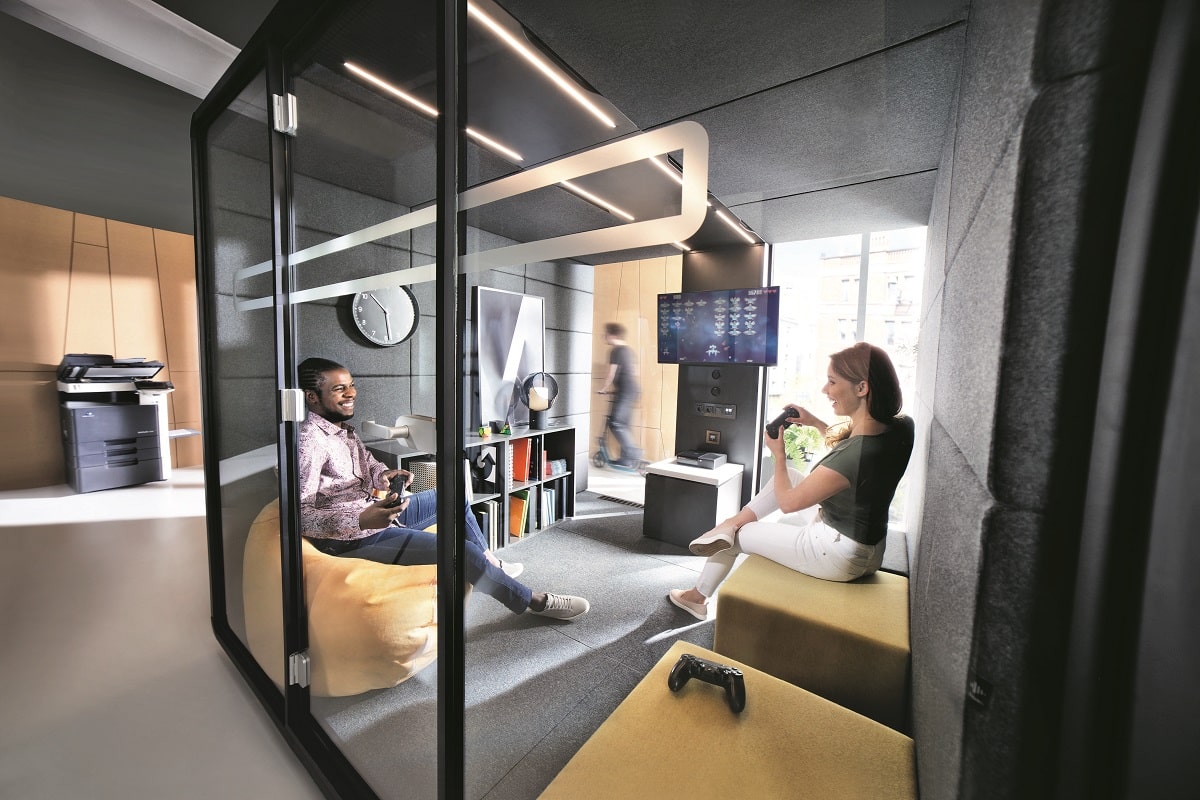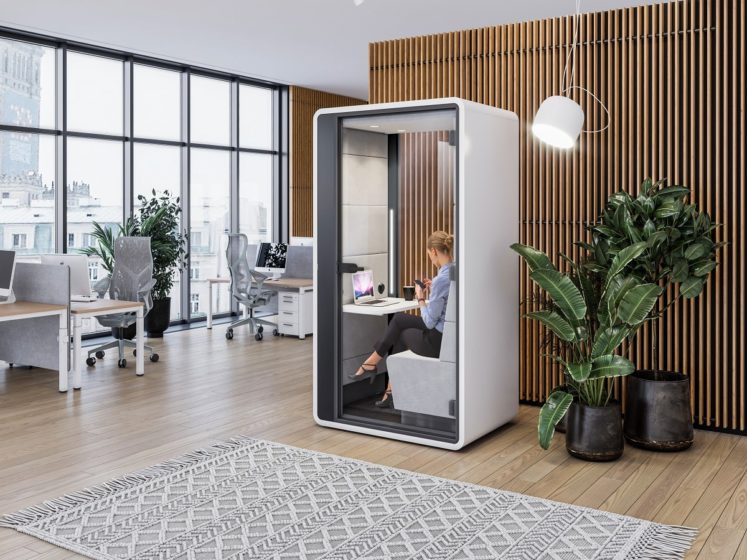Give me a microbreak!
- Posted on: 7 March 2023
- By: Hushoffice Team
Microbreaks are short, frequent breaks at work. They’ve been shown to improve focus, productivity, and overall well-being. Sounds good? This blog details a handful of work techniques that include microbreaks, making it easier to take them.
Microbreaks can increase creativity, boost motivation, and reduce the likelihood of burnout. By taking just a few minutes to stretch, move around, or do something completely unrelated to work, you can recharge your batteries. This allows you to be more productive when you return to work
– says Mateusz Barczyk, Senior Brand Manager, Hushoffice.
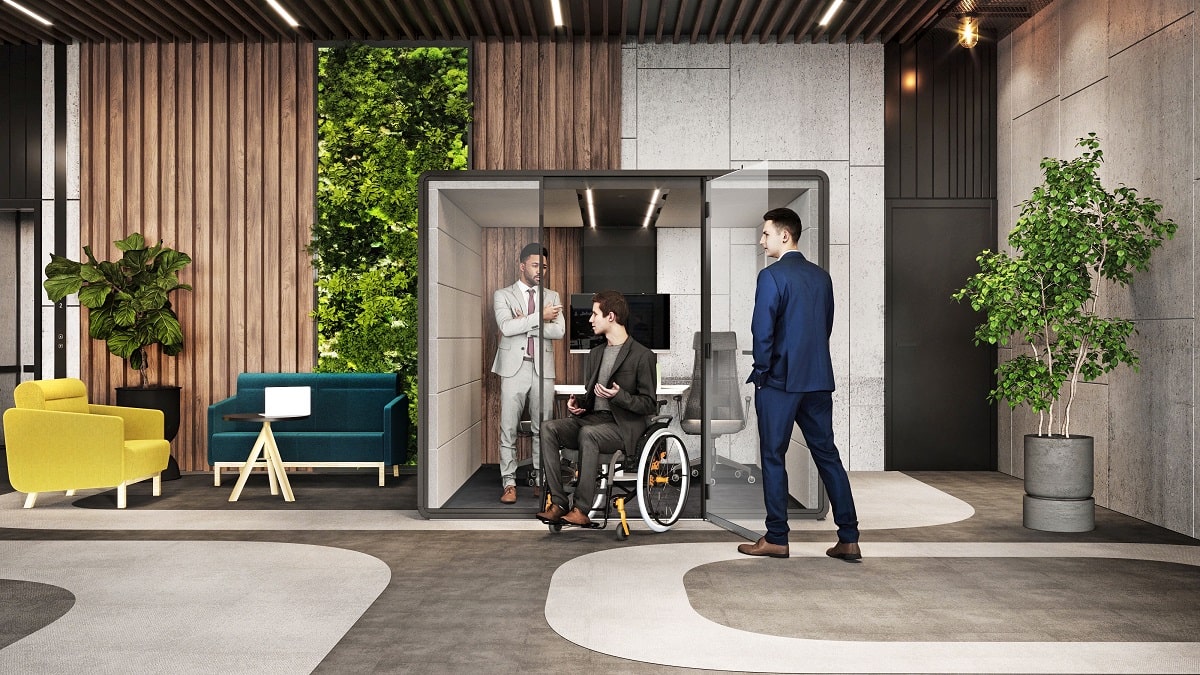
Taking microbreaks at work – tl;dr
Microbreaks positively impact well-being by enhancing vigor and lowering fatigue. Taking microbreaks throughout the workday is also associated with higher levels of recovery from work, which can help curb burnout and improve well-being in the long run.
Microbreak activities should be easy to do, even when you’re short on time or tired — they should not require a lot of preparation or equipment. They should allow you to take a mental break from work, reducing stress and tension. They should also be something you enjoy doing and something tailored to your individual needs. Anything from meditating to doodling suffices.
There are several work techniques that are based on taking microbreaks. These include the Pomodoro Technique, Time-Blocking, the 52/17 Rule, the Eisenhower Matrix, and agile working.
What is a microbreak at work?
It’s a quick, intentional break taken during the workday. It lasts just a few minutes and is meant to help you rest and reboot. Microbreaks are different from longer breaks, like lunch breaks, because they’re brief and are usually taken in between tasks as needed throughout the day.
In taking a break, you step back from the problem and have a chance at gaining a fresh perspective on it. So when you return, you might see the problem in a new light and come up with a different solution you wouldn’t have otherwise considered. This is the simple way in which microbreaks can lead to breakthroughs
– says Mateusz Barczyk, Senior Brand Manager, Hushoffice.
What makes for a good microbreak?
Any low-key activities that relieve stress and give you a little boost. Examples of microbreaks include stretching, taking a short walk around the office, doing some breathing exercises, or taking a few minutes to listen to calming music.

Microbreak examples…
Stretching Stretching is a great way to relieve tension and loosen up your muscles. Consider simple stretches like shoulder rolls, neck stretches, or toe touches to get your blood flowing and ease any tightness or discomfort.
Deep breathing exercises Deep breathing exercises are an effective way to tune into your body, calming your mind. Try inhaling steadily for four counts, holding for four, then exhaling for four, 5-10 times over.
Meditation Meditation is a matter of focusing your attention on the present and letting your thoughts and feelings come and go without judging them. Find a guided meditation that suits your challenge or goals online, retreat to a quiet place in the office, and give it a go.
Taking a quick walk A short walk can give you fresh air, sunlight, and primal movement.
Listening to calming music or sounds Relaxing music, sounds, or binaural beats can be wonderfully soothing.
Talking to a colleague Just chatting with a work friend can take your mind off work completely, letting you restore yourself.
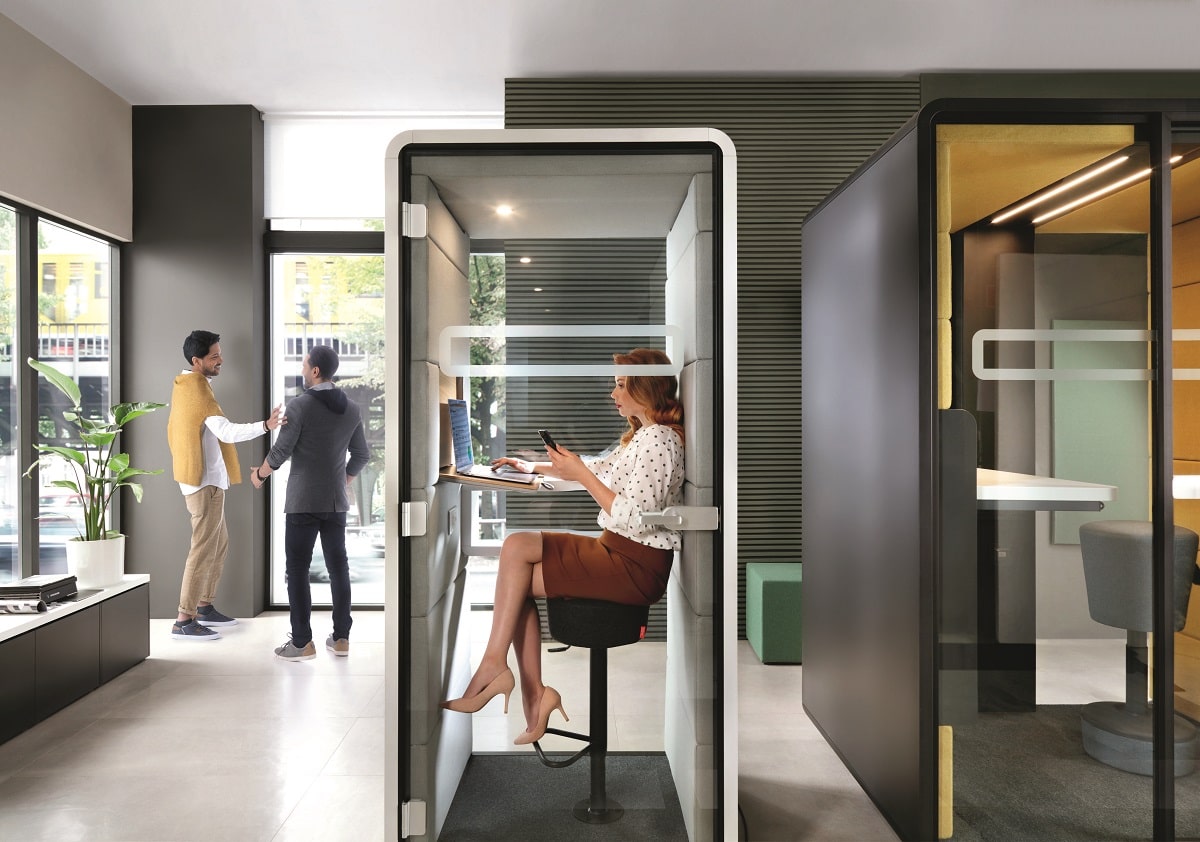
Research proves the benefits of microbreaks.
Perhaps counterintuitively, when we take time away from work throughout the day in the form of little breaks, our work winds up better. But more importantly, our state of mind winds up better
– explains Mateusz Barczyk, Senior Brand Manager, Hushoffice.
Microbreaks positively impact well-being by enhancing vigor and lowering fatigue, regardless of individual context. Taking microbreaks throughout the workday is also associated with higher levels of recovery from work, which can help prevent burnout and improve overall well-being in the long run.
There are several work techniques that are based on taking microbreaks.
The key to work techniques that prioritize breaks is to find a structure that allows for periods of focused work followed by time to chill out. By getting the right balance, you maintain productivity and achieve your goals without sacrificing your wellness
– adds Mateusz Barczyk, Senior Brand Manager, Hushoffice.
Pomodoro Technique
This technique involves breaking your workday into 25-minute intervals, with a five-minute break in between each interval. After four intervals, take a longer break of 15-20 minutes. The goal is to work in short, focused bursts with frequent breaks to help improve concentration and productivity.
Time-blocking
Time-blocking involves scheduling specific blocks of time for different tasks, with breaks built in between. For example, you might schedule a 90-minute block for focused work, followed by a 15-minute break, and then another 90-minute block of work. The trick is to stick to the schedule and not let work bleed into break times.
The 52/17 Rule
Similar to the Pomodoro Technique, this approach involves working for 52 minutes and then taking a 17-minute break. Similarly, the idea is to work in focused sprints and take breaks that allow for physical and mental recovery.
The Eisenhower Matrix
This technique involves prioritizing tasks based on their urgency and importance. By focusing on the most important tasks first, you can better manage your time and avoid the need to work long hours, optimizing your energy and avoiding burnout.
Agile working
This style of working is used in many software development teams and involves breaking work down into manageable chunks or “sprints”. During each sprint, there is a focus on working intensively to complete specific tasks, followed by a period of reflection and review.
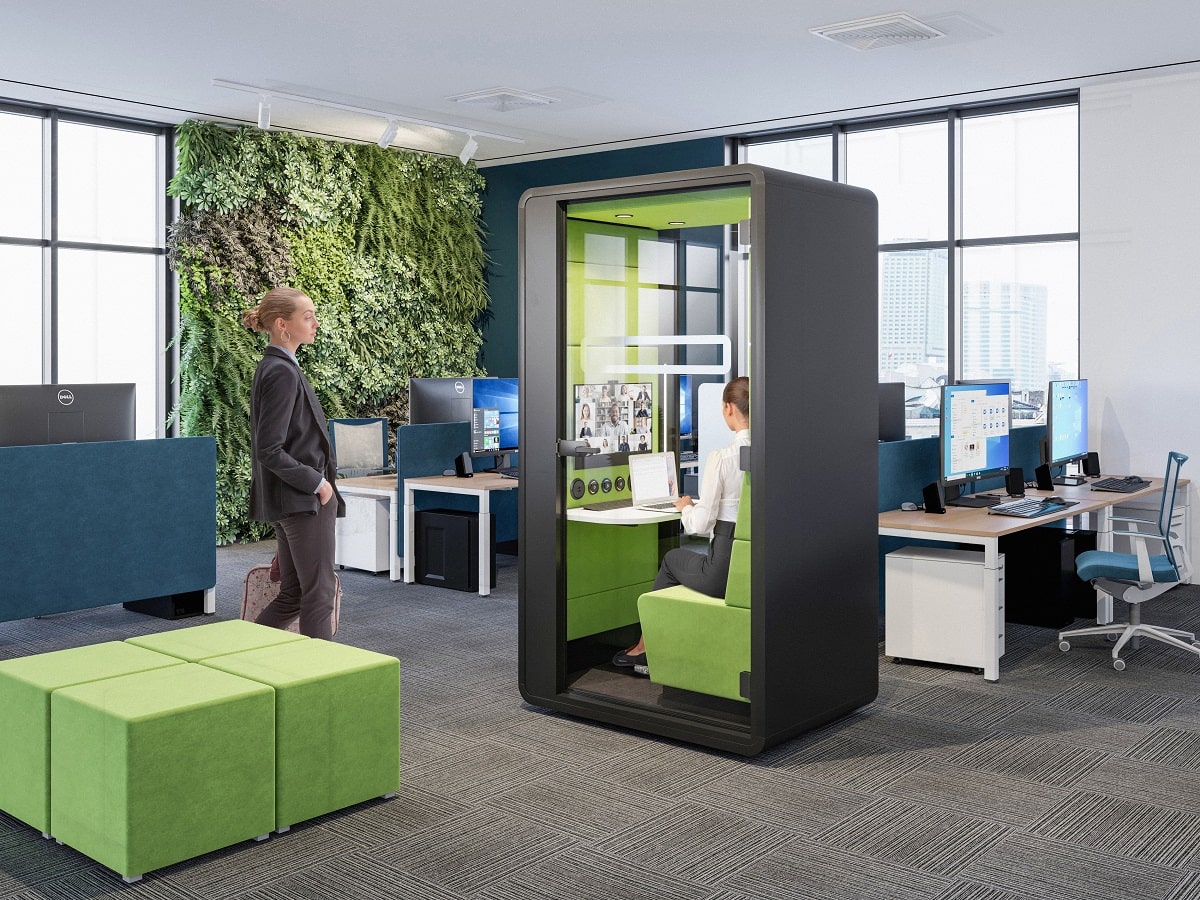
Become a company that takes breaks.
One of the best ways to get your team to take breaks is to take them yourself. You’ll shape a culture of self-care and well-being that’s intangible but felt. Also consider rewarding those who take regular breaks and have improved performance to show for it. People will catch on eventually 🙂
Microbreaks at work – tl;dr
Microbreaks positively impact well-being by enhancing vigor and lowering fatigue. Taking microbreaks throughout the workday is also associated with higher levels of recovery from work, which can help curb burnout and improve well-being in the long run.
Microbreak activities should be easy to do, even when you’re short on time or tired — they should not require a lot of preparation or equipment. They should allow you to take a mental break from work, reducing stress and tension. They should also be something you enjoy doing and something tailored to your individual needs. Anything from meditating to doodling suffices.
There are several work techniques that are based on taking microbreaks. These include the Pomodoro Technique, Time-Blocking, the 52/17 Rule, the Eisenhower Matrix, and agile working.
Taking microbreaks at work – frequently asked questions
What is a microbreak at work?
A microbreak at work is a brief, deliberate pause taken during the workday to rest and rejuvenate. They last just a few minutes and can be taken whenever needed. Unlike longer breaks, which may require leaving the office, they can be easily integrated into the workday. Some good examples of microbreak activities include deskercises, deep breathing, stretching, or taking a walk.
What are the benefits of microbreaks at work?
By taking regular microbreaks throughout the workday, you can boost productivity and focus, reduce stress and burnout, and improve your physical health, keeping the symptoms of RSIs and MSDs at bay. Microbreaks can also enhance creativity and problem-solving abilities while also providing an opportunity for rest that befits well-being.
What should I do on my work break?
Anything that’s rejuvenating and takes your mind off work. Sip on a cup of tea or coffee. Do a crossword or Sudoku puzzle. Call a friend in hushPhone. Take a power nap. Read. Do yoga. Play a quick game on your phone. Journal. Hang with colleagues. Try a guided meditation. Doodle. Take a few minutes to organize your workspace. Drink a glass of water. Anything that feels like a reset.
